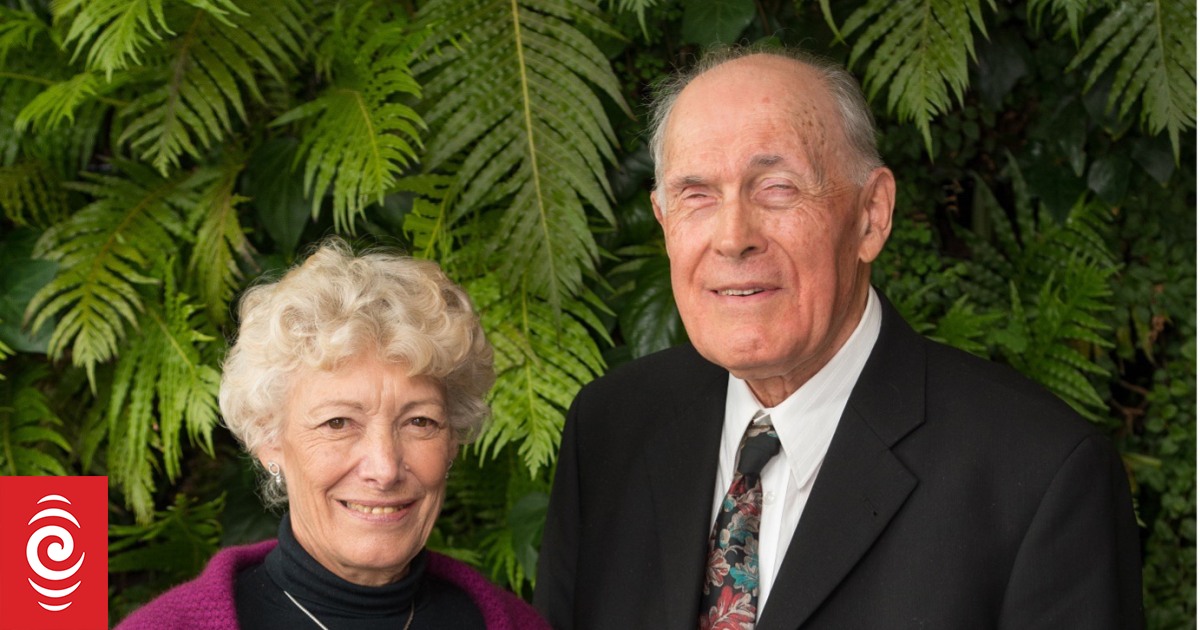Sydney has lost nearly half of its bowling clubs since the 1980s, new research from the University of New South Wales has found.
Key points:
- Bowling clubs have faced financial difficulties from falling membership and maintenance costs
- Some clubs have been saved through reinvention and amalgamation
- The number of clubs in Sydney is at a more sustainable level, an academic says
The number of clubs has come down from 210 in 1980 to 128 in 2022, with 51 of the closures happening in the past decade.
The appetite for opening new clubs has also diminished, as no new clubs were established in the 15 years before 2020.
Professor Robert Freestone from the university’s School of Built Environment said the closures were leaving a void in communities.
“As more disappear, we lose not only a significant part of our cultural landscape but also another space that is important to many people,” Dr Freestone said.
Why are clubs closing?
Clubs have struggled to get their membership numbers back to the levels they experienced in the 1950s and 60s, when the Silent Generation took up bowling in large numbers, Dr Freestone said.
“Some of the smaller clubs, in particular, have struggled with memberships declining,” he told ABC Radio Sydney.
Dr Freestone said the costs of maintaining the clubhouses and greens had put pressure on many clubs.
“That has prompted this rash of closures,” Dr Freestone said.
“Or in some cases, a movement to amalgamate.”
How can a club survive?
The study suggests clubs that have been more entrepreneurial have managed to stay afloat or grow into larger entities.
Eastlakes Sports Club’s nominated director Stephen Hannan said they only have 22 bowlers and have been trying to diversify to cater to families, by offering exercise classes and outdoor dining areas.
“We’ve got two greens and we’ve wanted to turn the second green into tables and barbecues,” Mr Hannan said.
“We can’t survive just on our bowls.”
Marrickville Bowling Club in Sydney’s inner west was facing financial strife in the early 2000s, which forced the club to try bringing in more customers than the bowling community, secretary manager Mick Roach said.
“It did need to turn around. It was suffering from a drop in trade, like a lot of the other clubs,” Mr Roach said.
Now the club enjoyed success through barefoot bowls, the restaurant, and live music three nights a week catering mostly to the 35–65-year-old age bracket.
“You need to take the next steps after, which are either putting the business into liquidation or you need to bite the bullet and make changes,” Mr Roach said.
A brighter future
Dr Freestone believed there was previously an oversupply of clubs in some areas and the number of clubs in Sydney was now at a more sustainable level.
“Many of them … had a number of clubs within close proximity to each other and so that just was not viable,” Dr Freestone said.
“If I could paraphrase Mark Twain: reports of their terminal decline would be somewhat of an exaggeration. I think maybe we’re coming back.”




















Discussion about this post